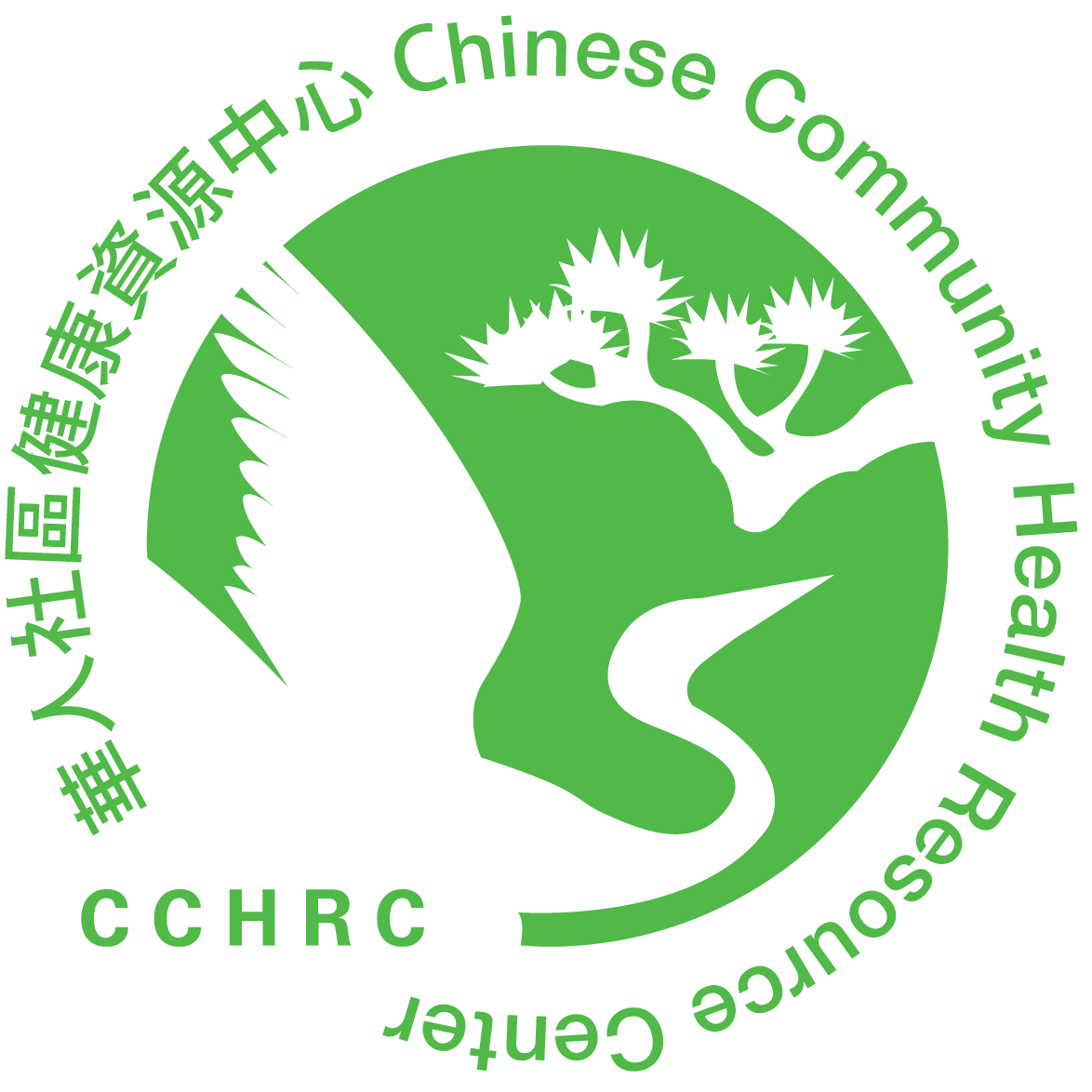I. What is Chlamydia?
Chlamydia is the most common bacterial sexually transmitted disease in the United States. It is caused by the bacterium Chlamydia trachomatis – a kind of bacteria that can infect the penis, vagina, cervix, anus, urethra, eye and/or throat. Chlamydia, if left untreated, can lead to serious infection of the reproductive organs in both men and women. The disease causes pelvic inflammatory disease (PID) in women that can lead to infertility. It may also increase a woman’s risk of cervical cancer and ectopic (tubal) pregnancy. If a mother has Chlamydia at the time of childbirth, her newborn baby’s eyes and lungs can become infected, causing serious and permanent damage.
II. How is Chlamydia Transmitted?
Chlamydia is mainly spread through unprotected vaginal and/or anal intercourse with an infected person or from an infected mother to her baby during birth.
III. Signs and Symptoms of Chlamydia
Usually there are no symptoms in either men or women. Most people are not aware they have the infection. When symptoms do occur they may be mild and can appear within 5-10 days after being infected. The disease can be passed on to a sexual partner even without any symptoms.
Symptoms in men:
- A watery or milky discharge from the penis
- Burning during urination
- Swollen and/or painful testicles
Symptoms in women:
- Abnormal vaginal discharge
- Bleeding after intercourse and/or between menstrual periods
- Lower abdominal pain
- Painful urination
- Painful intercourse
- Low-grade fever
IV. Diagnosis of Chlamydia
Laboratory tests are done to identify the bacterium using either a urine sample or a sample of secretions from the woman’s cervix or the man’s penis, or other
infected area.
V. Treatment of Chlamydia
Chlamydia is easily treated and cured with antibiotics. When receiving treatment, it is very important to:
- Take all the prescribed medicine even if the symptoms disappear
- Make sure that your sex partner(s) is (are) tested and treated to
prevent re-infection - Schedule follow-up visits with your doctor to ensure that you are no longer infected before resuming sexual activity. The Center for Disease Control (CDC) recommends that patients be tested for reinfection 3 months following treatment.
VI. Prevention of Chlamydia
The CDC recommends that the following persons be screened for Chlamydia annually:
- all sexually active women and pregnant women under 25
- older women with new or multiple sex partners, or a sex partner who has a sexually transmitted infection
- men who have sex with men
To reduce your risk of becoming infected:
- Use female or latex condoms every time you have sexual intercourse
- Avoid multiple sex partners
- Avoid having sex while being treated for infection in order to reduce the chance of re-infection or transmission.
- Abstain from sexual intercourse – do not have intercourse.
Many sexually transmitted diseases have similar symptoms but require different medications for successful treatment.
If you have questions or concerns about Chlamydia or other sexually transmitted diseases, ask your primary care physician or gynecologist.
Copyright © 2001-2020 Chinese Community Health Resource Center
If you would like a copy of this health article, please click on the PDF button in the language you prefer. To view the PDF document, you’ll need Adobe Acrobat, which you can download here.
Bilingual:



